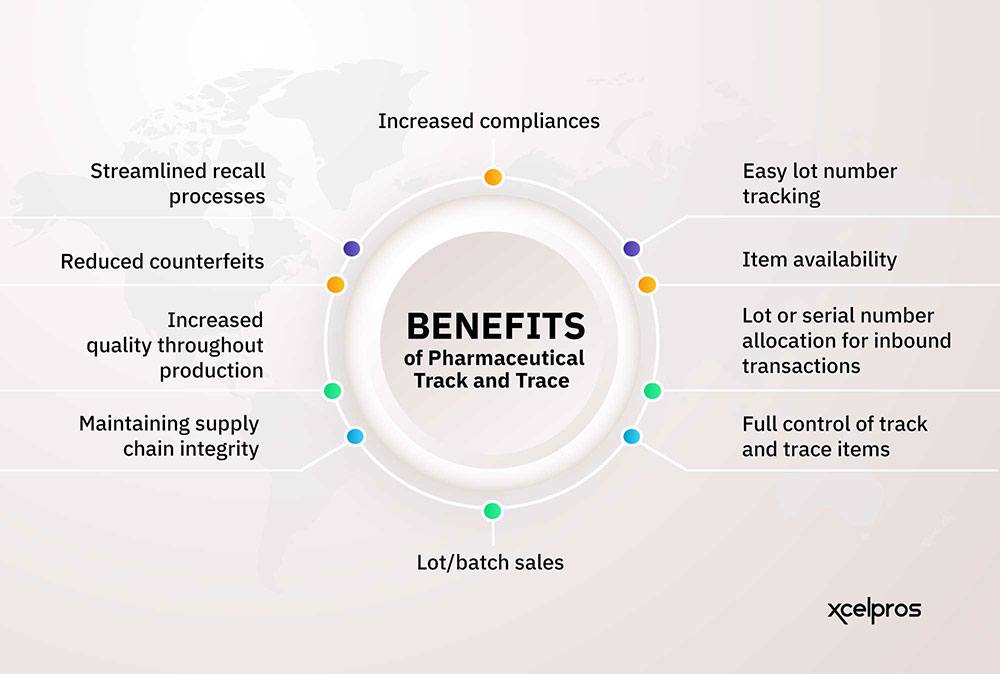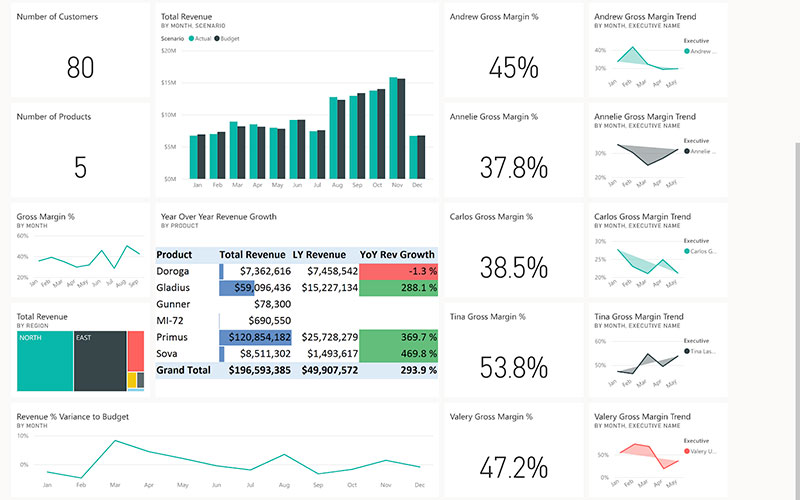Introduction
In a previous article: Batch traceability in pharmaceutical manufacturing, we talked about GS1 traceability standards, the DSCSA, and why the pharmaceutical industry has to be prepared for item-level traceability by the end of 2023. Now let’s go over the benefits of traceability that the industry should not ignore.
Benefits of Pharmaceutical Track and Trace
The pharmaceutical industry relies on several workflows, and the ability to track and trace batches are one of the most important. With traceability slated to be mandatory by the end of 2023, it will help to understand the benefits that will come along with this change.
- Reduced counterfeits Counterfeits are still a significant challenge for the industry, accounting for nearly 7% of all medicines globally. These fakes can replace high-quality treatment anywhere in the supply chain.
With real-time lot tracking and tracing, it’s easy to fully follow the journey of a batch to ensure it hasn’t been misplaced or replaced at any point in the supply chain. This is a crucial step in reducing the number of counterfeit medicines.
- Streamlined recall processes Despite paying mandatory diligence, specific errors are bound to happen. There are as many as 1200 recalls on medicine every year. But remembrance can be difficult when the manufacturer isn’t aware of the exact position of finished goods and raw materials in their supply chain.
After implementing a traceability solution, manufacturers have much more control over finished goods and raw materials as they move through their supply chain. This means more opportunities to recall or even stop defective medicines from reaching the public.
- Increased quality throughout production To ensure continual production, and an adequate supply of raw materials is essential. By adopting the practice of advanced track and trace for pharmaceuticals, these companies can maintain quality tracking at every production stage.
The right pharmaceutical tracking system can record critical data like quantities in pounds or gallons, products consumed, remaining stock, quality throughout production, finished goods quality, and more. This data ensures only the best products are produced and quality requirements are upheld.
- Maintaining supply chain integrity Another benefit of a system offering traceability is maintaining a higher level of supply chain integrity.
Traceability solutions like D365 let manufacturers closely track the quality and pedigree of every batch from raw materials to finished goods.
- Increased compliances As a pharma industry player, adherence to certain compliances and regulations is fully necessary. Achieving full compliance is one of the most important benefits of having item-level traceability.
Full traceability helps you track the journey of a lot from manufacturing units to the pharmacies which is crucial for things like the Automation of Reports and Consolidated Orders System (ARCOS), GS1 traceability standards, and more.
Figure 1:Benefits of Pharmaceutical Track and Trace

- Easy lot number tracking Traceability solutions like Microsoft D365 help departments assign specifics like a package, serial, and lot numbers to any outbound or inbound finished medicines. This makes tracking whole batches quick, easy, and accurate.
Traceability solutions also help post tracking details as ledger entries – where there is a dedicated page for managing the workflow. This dedicated page even shows the total sums of traced items throughout production.
- Item availability Lot traceability with Microsoft Dynamics 365 Finance and Operations helps calculate and report an item availability in real-time.
It’s not just about tracking, though; D365 also helps by providing a wide range of accurate item information on the tracking page so that it’s easy to find out how much of the product is consumed and what remains.
You can check the lot availability per lot number and serial number. It also prevents the double allocation of items in a lot or batch.
Some of the critical metrics D365 offers visibility on include things like:
- Total Quantity
- Current Requested Quantity
- Total Requested Quantity
- Current Pending Quantity and
- Total Available Quantity
- Lot or serial number allocation for inbound transactions Not likely to change anytime soon, seamless purchase order management is essential for inbound transactions, and D365 F&O makes it possible. D365 helps manufacturers process real-time lot code tracking from the moment they are part of the organization.
This tool can automatically transfer the lot/serial number in the transaction documents and keep the warehouse team updated.
- Lot/batch sales Whether you want to block a lot in the sales lines or control its entire journey, D365 F&O makes it possible.
This solution enables manufacturers to freeze or partially dispatch specific lots before they’re sold. This plays a crucial role when it comes to managing recalls, especially important when you’re dealing with expired or defective lots.
The job is done by clicking on the Items and selecting the Sales Blocked options.
- Complete control of the track and trace items The real-time lot control and traceability abilities of Microsoft D365 Finance and Operations enable manufacturers to find out where a tracked item is used and how. This makes it easy to follow the present instances of a specific lot/batch.
Regarding quality control, these features are significant as they help you understand which customer received which item. In case of defective product delivery, immediate actions can be taken to minimize damages.
Final thoughts
Regarding the pharmaceutical industry, we know accurate items and batch-level tracking will soon be a requirement – not just a nice to have. With advanced lot control and traceability capabilities, Microsoft D365 F&O is here to make everything more accessible than ever.
With that in mind, the effective implementation of solutions like D365 F&O will deliver the promised outcomes. The task is often a massive challenge as it is a comprehensive tool with multiple modules and features.
A seasoned Dynamics expert that understands your industry is the best way to keep the hassles to a minimum while extracting the maximum potential of a system like Microsoft Dynamics.
For more information or to find out how we can help, schedule a call today.




















